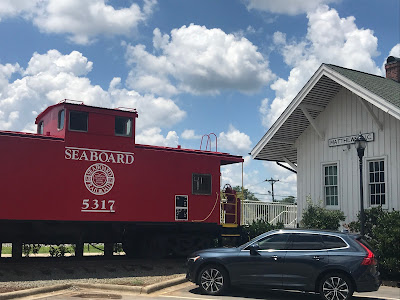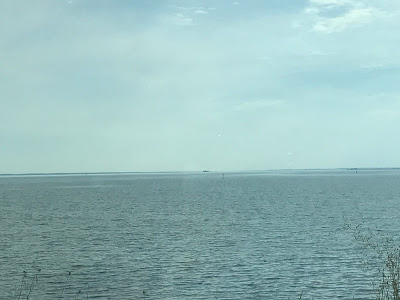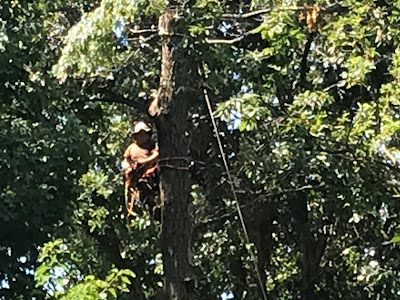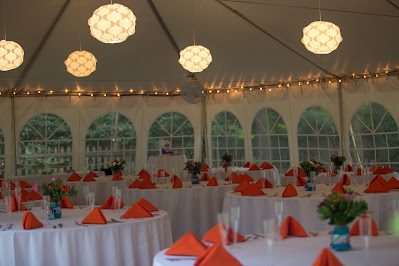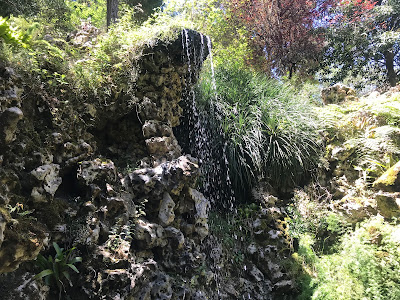Accidental Tourist
A novel that I still remember years after reading it is Anne Tyler’s The Accidental Tourist. The protagonist writes travel books for people who find themselves in a place they didn’t expect to be. Yesterday, I found myself in a similar position: stuck in Charlotte, North Carolina, for the night.
I was not alone. Hundreds of stranded passengers lined up at the American Airlines kiosk, frantically searched for hotel rooms, a task made more difficult by the fact that Garth Brooks was performing and there were basically no rooms in town.
Luckily, I snagged the last room available in a marginal motel in an outer burb, found a taxi willing to take me there, and slept on a queen mattress rather than the airport floor.
Which meant that today I was an accidental tourist in Matthews, North Carolina.
